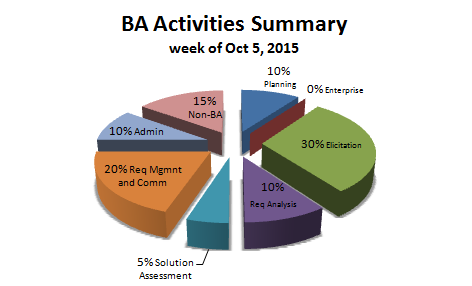6 Things You Can Do Today to Prepare for Leadership Tomorrow
Many of us are in what I call a pre-leadership position. We are in a role where we are managing people and making mid-level decisions on projects and initiatives that are important to the health and success of our organizations. Generally, we are looking forward to a future as a senior leader – here or elsewhere.
If you know me or have heard me present, or been a regular reader of this blog, you might know that I often refer to our Professional Strategic Plan: a process that creates an action plan for our professional future. Within the plan, we will find action items to get us from ’here’ to ‘there.’
So what if we are managing today and want to become leaders tomorrow? What should I find in the list of action items in my Professional Strategic Plan?
Actually, there are two parts to this list: one for immediate action and one that addresses parts of the plan that can’t happen overnight.
This week we start with the short term list. 6 things we can do today to prepare for leadership tomorrow. In my presentation “From a Good Manager to a Great Leader” I call this ‘act like a leader before you are one”:
1. Knock your responsibilities out of the park.
In everything you do, do it beyond expectations. Kill it – day in and day out. This level of performance will get recognized by your managers, your peers and especially the leaders in your current organization. This is one of the most important traits of any future leader. Show your stripes now.
2. Help your boss succeed
My Father-in-law used to say “make heroes out of everyone around you.” You do not have to be the star attraction to get recognized. The ‘supporting role’ is often the more important and many times the most rewarded.
3. Seize leadership opportunities, no matter how small.
Take on anything you can now to practice being a leader. Events, presentations, marketing campaigns, new product launches – anything. You won’t be left out there alone, hopefully. Use the experience to learn and to explore your new skills.
4. Don’t be a jerk
Jerks complain a lot but don’t contribute to any solutions. Jerks make life miserable for others and put our organization’s reputation at risk with behavior that is unacceptable these days. Jerks don’t believe in teamwork and don’t believe that paying it forward has any merits. Don’t go there.
5. Find role models
Find people whom you want to emulate, who are doing what you want to do in the future or stand out as examples of the kind of leader you want to be. If you know them personally, foster that relationship, feed it, nurture it and make lots of notes. If they are a public personality and inaccessible in person, read everything they write, watch them on Youtube or on Ted Talks and attend any event that gets you closer to their thoughts, ideas, and dreams.
6. Build Relationships
Now. Not later. Connect with key people in your life on a regular basis. Set dates in your calendar to touch base every few months. Find new relationships that might be able to connect you with key people some day in the future or who are authorities in their own right. The relationships in your professional life are probably the most important asset you have. Now is the time, when you don’t need it, to seek out and establish your professional support system so that it is there for you when you really do need it.
The Harvard Business Review (Fall 2014) said, “If you want to become a leader, don’t wait for the fancy title or the corner office. You can begin to act, think, and communicate like a leader long before that promotion. Even if you are still several levels down and someone else’s calling all the shots, there are numerous ways to demonstrate your potential and carve your path to the role you want.”
Are you planting the seeds today for your new leadership position tomorrow?
Come see David at the Toronto Workshop Series December 7-8, 2016






